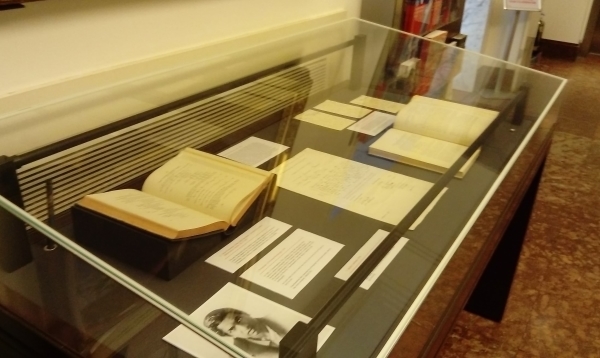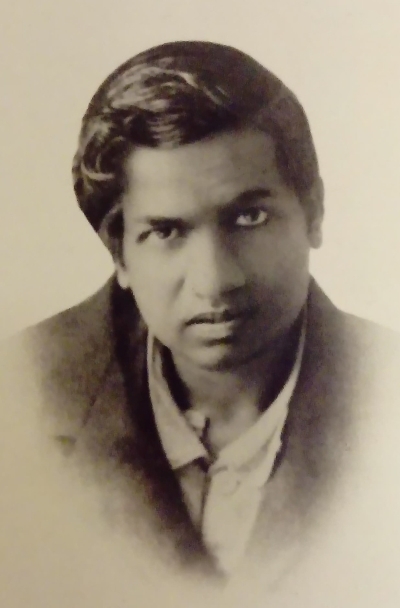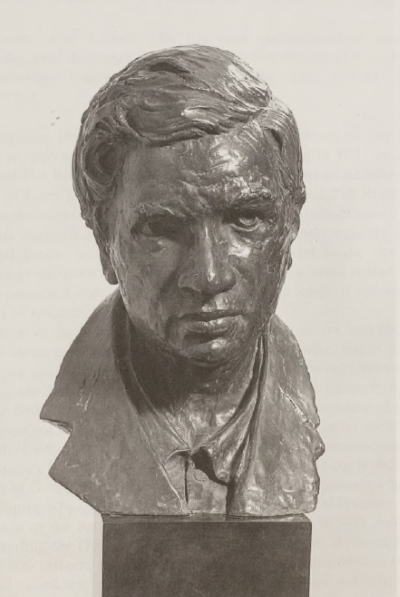A celebration of the life and work of Srinivasa Ramanujan, on the centenary of his election to the Fellowship of the Royal Society.

‘I first heard of Ramanujan in 1913. The first letter which he sent me was certainly the most remarkable that I have ever received … The body of the letter consisted of the enunciations of a hundred or more mathematical theorems. Some of the formulae were familiar, and others seemed scarcely possible to believe … one thing was obvious, that the writer was a mathematician of the highest quality, a man of altogether exceptional originality and power.’ (G.H. Hardy, in a Nature obituary)
‘Remarkable’, ‘exceptional’ and ‘scarcely possible to believe’ are all words that those familiar with Srinivasa Ramanujan (1887-1920) have come to associate with his life and work. The events that made up this Fellow’s life – a self-taught mathematician who left India for Cambridge to perform ground-breaking work on a range of mathematical problems – seem to have been spun from fiction. Keen to uncover more about his fascinating career, I offered to help with the Royal Society’s celebrations of the centenary of Ramanujan’s election to the Fellowship, and have created an exhibit using material from our library and archives:

Ramanujan’s first interaction with the Society was through one of the Fellows, G.H. Hardy. While working as a clerk in the port of Madras in 1912-13, Ramanujan began writing to various eminent mathematicians in the hope that they would show an interest in his work. The first to reply was Hardy, and the above quote is taken from Hardy’s reflections on that famous initial letter. Faced with pages of theorems that he could barely understand, Hardy assumed he was being hoaxed. However, on closer inspection he decided no one would have the imagination to invent the letter’s contents. And so it was that he invited Ramanujan to Cambridge.
Though instigating his famous collaboration and friendship with Hardy, Ramanujan’s arrival in England did not mark the beginning of his mathematical career. By this point he had already had papers published in the Journal of the Indian Mathematical Society, the first of which, ‘Some properties of Bernoulli’s numbers’ (1911) can be found in the Royal Society Library and is currently on display in our exhibition case. While in Cambridge, surrounded by mathematicians and able to focus purely on his researches, Ramanujan flourished. We have on display one of Ramanujan and Hardy’s most significant joint contributions, ‘On the coefficients in the expansions of certain modular functions’ (1918). Published in the Society’s own Proceedings journal, this paper formed part of their investigation into the application of elliptic functions to the theory of numbers.

The case also features a passport photograph of Ramanujan (above). While this may not sound overly impressive, retrieving it involved a trip to India, undertaken by another Fellow of the Society, Subrahmanyan Chandrasekhar, and the tracking down of Ramanujan’s widow, Janaki Ammal. She was able to provide a photograph taken in London in 1919, presumably in preparation for Ramanujan’s travels back to India. This photo went on to provide the likeness necessary to create the bust of Ramanujan shown below. Paul T. Granlund was the sculptor who stepped up to the challenge of making a three-dimensional bust from a two-dimensional image, and the results would suggest he studied this passport photo deeply. He completed four busts in 1983, one of which was presented to the Society by Chandrasekhar in 1994. It now sits proudly in the office of our current President, Sir Venki Ramakrishnan.

Ramanujan was made a Fellow of the Society on 2 May 1918. Though already suffering from the illness that would eventually take his life, it is said that his election stimulated him to the discovery of some of his ‘most beautiful’ theorems. In the preface to Collected papers of Srinivasa Ramanujan – a volume part-funded by the Royal Society, also on display in the exhibit – Hardy comments that the Society ‘may well congratulate themselves that they recognised his claims before it was too late.’ The loss of Ramanujan at such a young age was certainly a blow to the scientific community, who were left imagining what he might have gone on to achieve. However, Ramanujan’s is a story that continues to inspire today, and in curating this display I was glad to find that the Society’s collections are peppered with objects that point towards his lasting influence and preserve his legacy.







